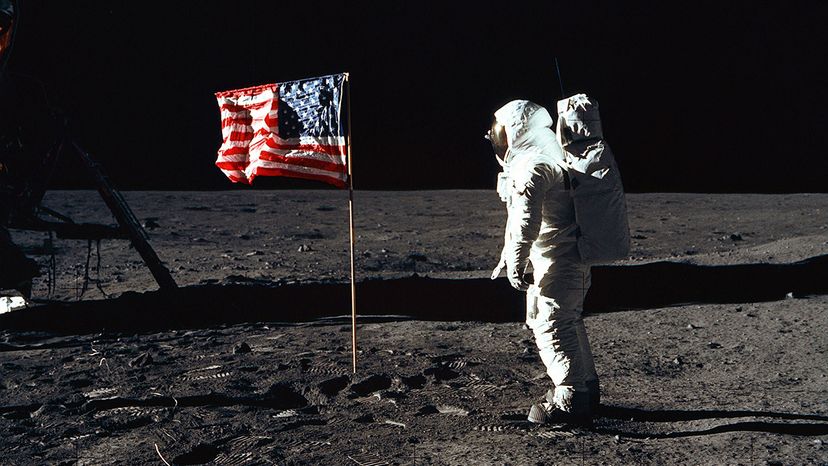Projects Mercury, Gemini and Apollo

Project Mercury(1961 to 1963)
The goal of Project Mercury was to determine whether humans could survive in space. Single astronauts were launched into space in the Mercury spacecraft on six missions and spent up to 34 hours in space.
Soon after, astronaut Alan B. Shepard became the first American in space when he completed a 15-minute suborbital flight. President Kennedy committed NASA to sending a man to the moon and back before the end of the '60s. Under the direction of then-Vice President (later President) Lyndon B. Johnson, Congress appropriated funds and NASA expanded its programs to achieve President Kennedy's vision [source: Garber and Launius].
Advertisement
Project Gemini (1965-1966)
The Gemini spacecraft carried two astronauts and could maneuver in space. Over the course of 10 missions, astronauts changed orbits, rendezvoused with other spacecraft, docked with an unmanned Agena rocket, and walked and spent long periods of time in space.
Upon completion of the Gemini program, NASA learned how to fly, live and work in space for the durations of around two weeks that were necessary to send men to the moon and back [source: Garber and Launius].
Project Apollo (1967-1972)
Apollo's primary mission was to land men on the moon, explore it and return them safely to Earth. The Apollo spacecraft carried three men and consisted of a command module (crew quarters), service module (rocket motor, fuel cells, fuel tank, maneuvering rockets, science packages and life support), and a lunar module (a two-man, two-stage independent space vehicle for landing and lifting off from the lunar surface).
The Apollo 1 mission ended with a tragic fire on the launchpad that claimed the lives of three astronauts, Virgil Grissom, Edward White and Roger Chaffee. The Apollo spacecraft was redesigned and tested in Earth orbit during Apollo 7. Apollo 8 took astronauts into lunar orbit, then Apollo missions 9 and 10 tested the lunar module in earth orbit and lunar orbit, respectively. Apollo 11 carried the first men (Neil Armstrong and Edwin "Buzz" Aldrin) to the lunar surface, while a third astronaut (Michael Collins) orbited the moon in the command module. Armstrong and Aldrin spent hours walking on the moon, and their mission fulfilled President Kennedy's challenge.
NASA sent six more missions to explore various places on the moon, where astronauts spent up to two days exploring the lunar surface and gathering samples of moon rocks. One mission, Apollo 13, did not make it to the moon because an explosion crippled the spacecraft along the route. NASA showed its ability to handle a crisis as the agency improvised solutions to get the spacecraft around the moon and return the crew safely to Earth [source: Garber and Launius].